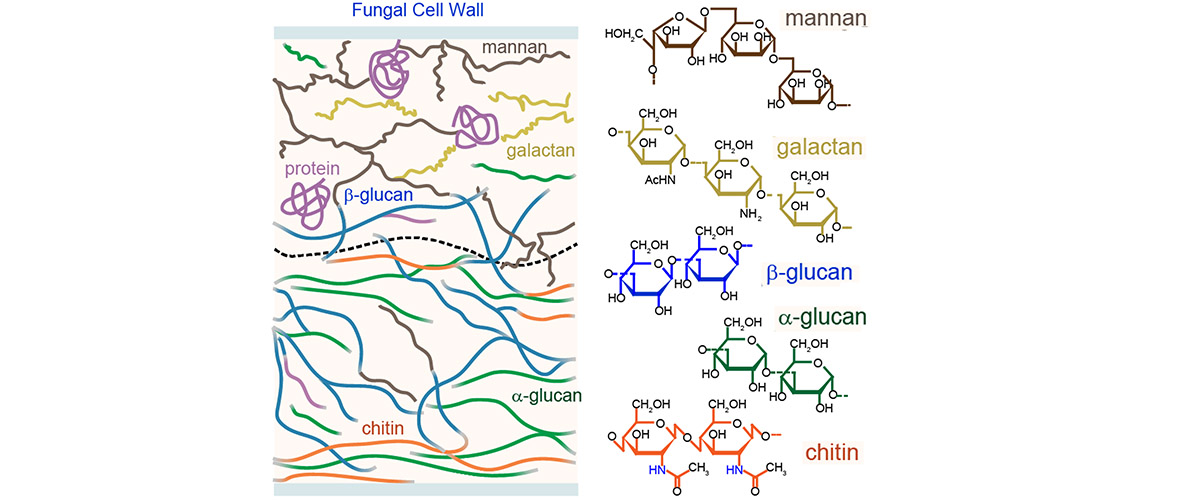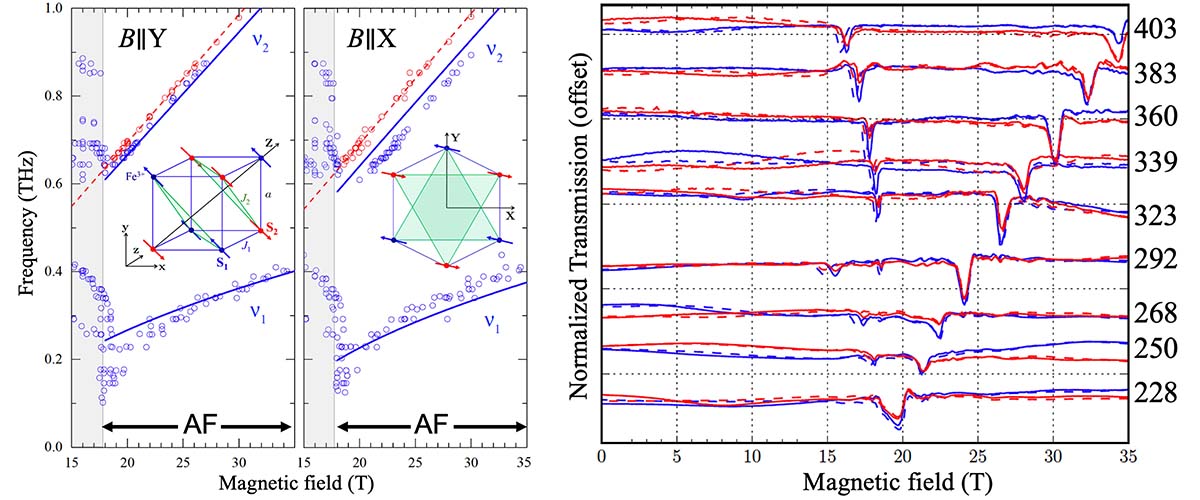What did scientists discover?
The cell wall, or the protective armor of fungi, is a complex network formed by five major types of carbohydrate polymers. Nuclear Magnetic Resonance (NMR) spectroscopy resolved the spatial assembly of fungal cell walls and showed that mutants produce stiffer and more water-proof cell walls for better protection and survival. This novel mechanism enables these microbes to reconstruct their cell walls in response to stresses.
Why is this important?
Fungi are an emerging threat to human health, causing life-threatening infections in 2-3 million patients every year, with high mortality rates of 20-95% even after treatment. With the limited efficacy of commercially-available drugs and the upsurge of drug resistance, the need for novel antifungal compounds is on the rise. Understanding the molecular architecture of fungal cell walls and their structural responses to stresses will guide the development of antifungal drugs that target the molecules in their cell walls.
Who did the research?
Arnab Chakraborty1, Liyanage D. Fernando1, Wenxia Fang2, Malitha C. Dickwella Widanage1, Pingzhen Wei2, Cheng Jin2,3, Thierry Fontaine4, Jean-Paul Latgé5, Tuo Wang1
1Department of Chemistry, Louisiana State University; 2Guangxi Academy of Sciences, China; 3Institute of Microbiology, China; 4Institut Pasteur, France; 5University of Crete, Greece
Why did they need the MagLab?
The samples being studied are living and intact fungal cells. These complex systems pose severe demands on NMR experiments, requiring high sensitivity and resolution. This research is enabled by the MagLab’s high-field 18.8 T NMR magnet and the state-of-the-art home built probes available at the MagLab.
Details for scientists
- View or download the expert-level Science Highlight, Understanding How Fungi Build Their Cell Walls for Protection
- Read the full-length publication, A molecular vision of fungal cell wall organization by functional genomics and solid-state NMR, in Nature Communications
Funding
This research was funded by the following grants: G.S. Boebinger (NSF DMR-1644779); Tuo Wang (NIH AI149289)
For more information, contact Robert Schurko.






